How Do You Use A Memory Card Reader?
Memory card readers are essential tools for anyone who frequently works with digital media, such as photographers, videographers, and tech enthusiasts. They provide a convenient way to transfer data between memory cards and computers or other devices. In this article, we will explore the various aspects of using a memory card reader, from understanding its types and compatibility to step-by-step instructions on how to use one effectively. By the end of this guide, you will have a comprehensive understanding of how to make the most out of your memory card reader.
Understanding Memory Card Readers
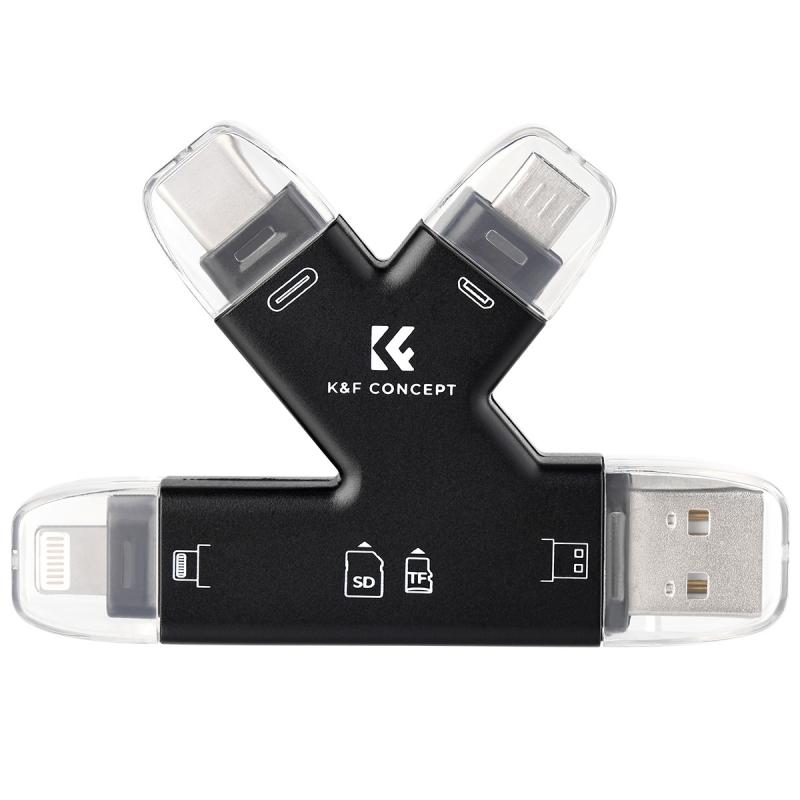
Memory card readers come in various shapes and sizes, but their primary function remains the same: to read and transfer data from memory cards. These devices can be standalone units that connect to your computer via USB or built-in slots in laptops and desktops. Here are some common types of memory card readers:
1. Single Card Readers: These are designed to read one type of memory card, such as SD cards or microSD cards.
2. Multi-Card Readers: These can read multiple types of memory cards, including SD, microSD, CF (CompactFlash), and others.
3. Built-in Card Readers: Many laptops and desktops come with built-in card readers that support one or more types of memory cards.
Compatibility and Types of Memory Cards

Before using a memory card reader, it is crucial to ensure that it is compatible with the type of memory card you intend to use. Here are some common types of memory cards:
- SD (Secure Digital) Cards: Widely used in cameras, smartphones, and other portable devices.
- microSD Cards: A smaller version of SD cards, commonly used in smartphones, tablets, and action cameras.
- CF (CompactFlash) Cards: Often used in professional cameras and other high-end devices.
- Memory Stick: A proprietary format used in Sony devices.
Step-by-Step Guide to Using a Memory Card Reader
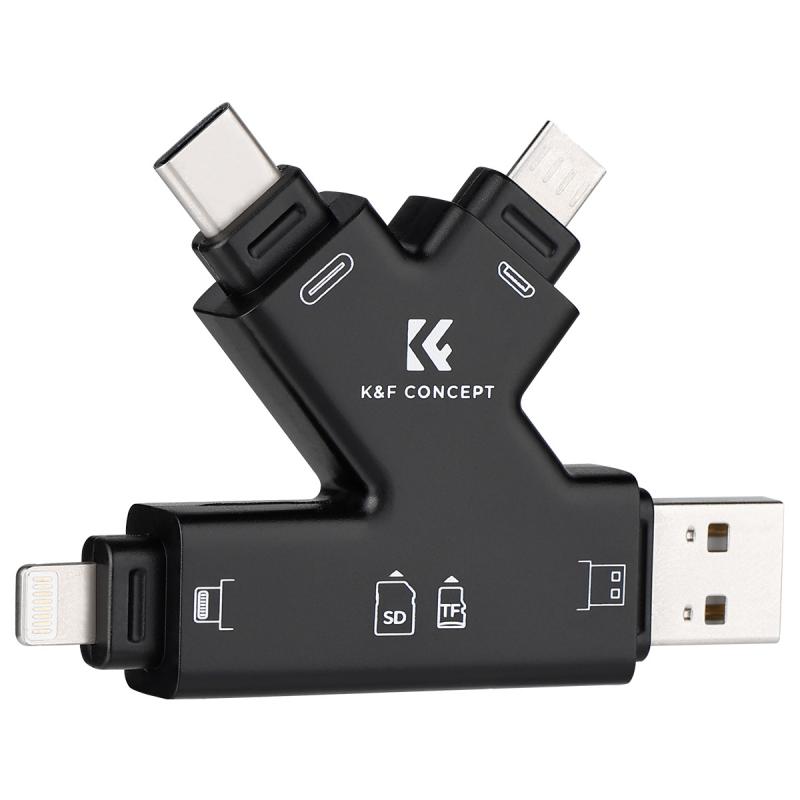
Step 1: Insert the Memory Card
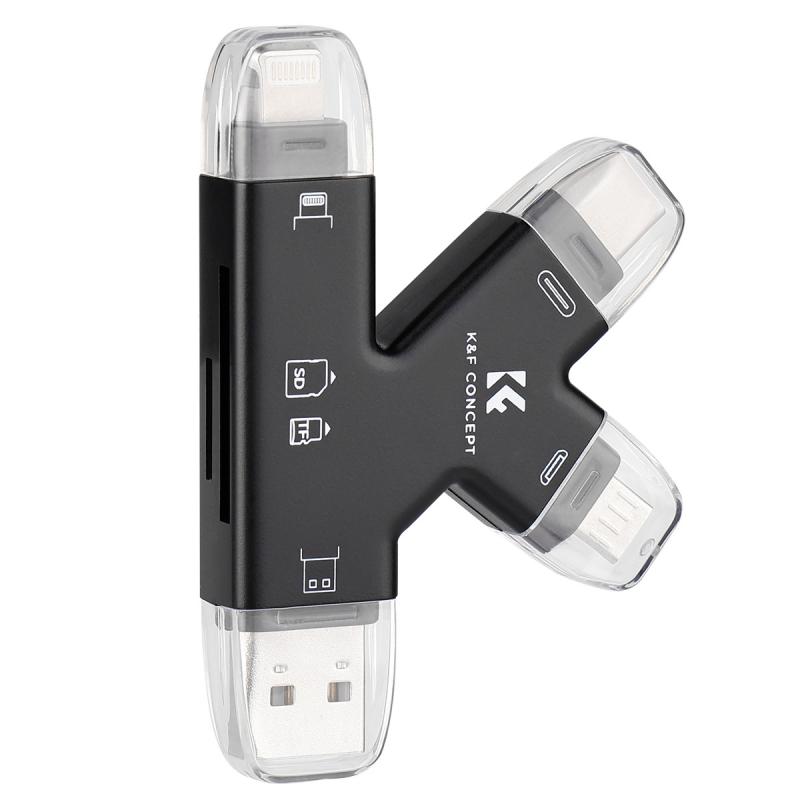
The first step is to insert the memory card into the appropriate slot in the memory card reader. Ensure that the card is oriented correctly to avoid damaging the card or the reader. Most memory cards have a label or an arrow indicating the correct direction for insertion.
Step 2: Connect the Card Reader to Your Computer
If you are using an external memory card reader, connect it to your computer using a USB port. Most modern computers will automatically recognize the card reader and install any necessary drivers. If your computer has a built-in card reader, you can skip this step.
Step 3: Access the Memory Card
Once the memory card reader is connected, your computer should recognize the memory card as a removable storage device. On Windows, you can find it under "This PC" or "My Computer." On macOS, it will appear on the desktop or in the Finder sidebar.
Step 4: Transfer Files
You can now transfer files between the memory card and your computer. Simply drag and drop files to copy them. For large files or multiple files, it is advisable to use a file transfer application to ensure data integrity.
Step 5: Safely Eject the Memory Card
After transferring your files, it is essential to safely eject the memory card to prevent data corruption. On Windows, right-click the removable drive and select "Eject." On macOS, drag the drive to the Trash or click the eject icon next to it in the Finder sidebar.
Troubleshooting Common Issues
While using a memory card reader is generally straightforward, you may encounter some issues. Here are common problems and their solutions:
- Memory Card Not Recognized: Ensure that the card is properly inserted and that the card reader is connected securely. Try using a different USB port or restarting your computer.
- Slow Transfer Speeds: This could be due to the card's speed class or the USB port's version. Using a USB 3.0 port and a high-speed memory card can significantly improve transfer speeds.
- Corrupted Files: Always safely eject the memory card before removing it. If files are corrupted, you may need to use data recovery software to retrieve them.
Best Practices for Using Memory Card Readers
To ensure the longevity of your memory cards and card reader, follow these best practices:
- Handle with Care: Memory cards and card readers are delicate. Avoid bending or dropping them.
- Keep Clean: Dust and debris can cause connection issues. Keep your memory cards and card reader clean.
- Regular Backups: Regularly back up your data to prevent loss in case of card failure.
- Update Drivers: Ensure that your computer's drivers are up-to-date for optimal performance.
Advanced Tips for Power Users
For those who frequently use memory card readers, here are some advanced tips to enhance your experience:
- Use a Dedicated Card Reader: For professional use, invest in a high-quality, dedicated card reader that supports multiple card types and offers fast transfer speeds.
- Batch Processing: Use software that supports batch processing to transfer and organize large numbers of files efficiently.
- Automate Backups: Set up automated backups to cloud storage or external drives to ensure your data is always safe.
Using a memory card reader is a simple yet powerful way to manage your digital media. Whether you are a casual user or a professional, understanding how to use a memory card reader effectively can save you time and prevent data loss. By following the steps and best practices outlined in this guide, you can ensure smooth and efficient data transfers, keeping your digital life organized and secure.




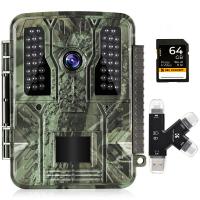
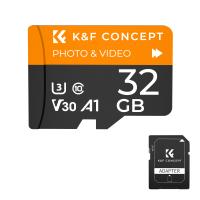

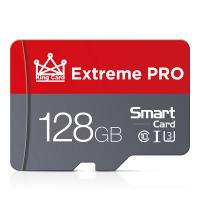
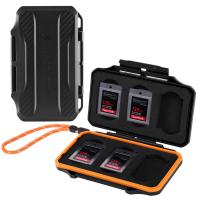
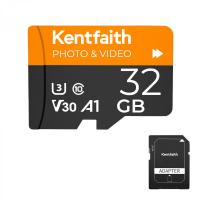
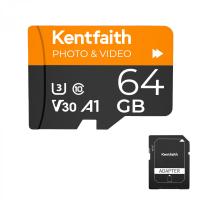
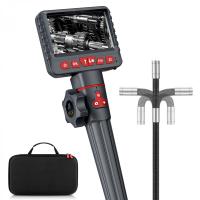
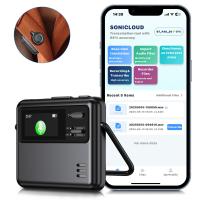

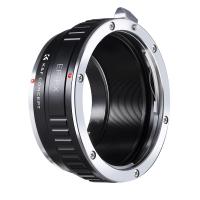
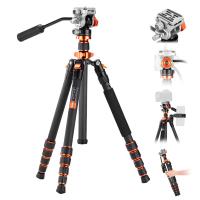




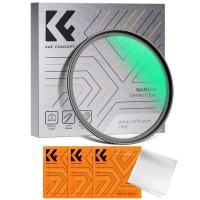

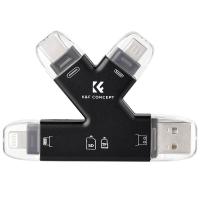
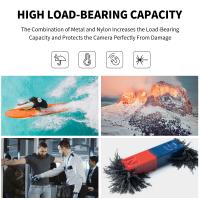
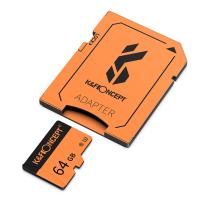
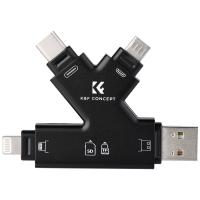
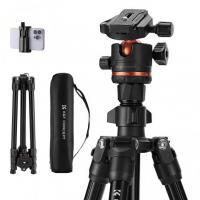
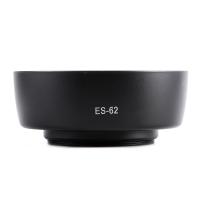

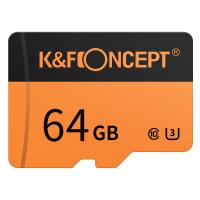

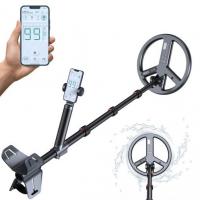
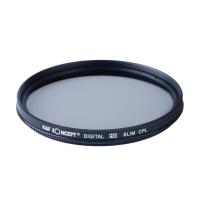
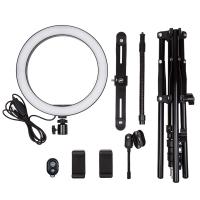

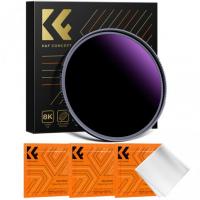
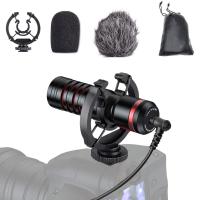
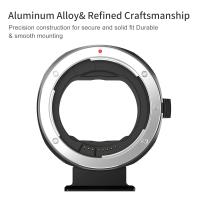
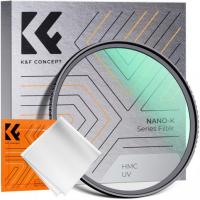
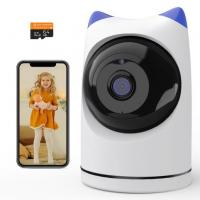


There are no comments for this blog.